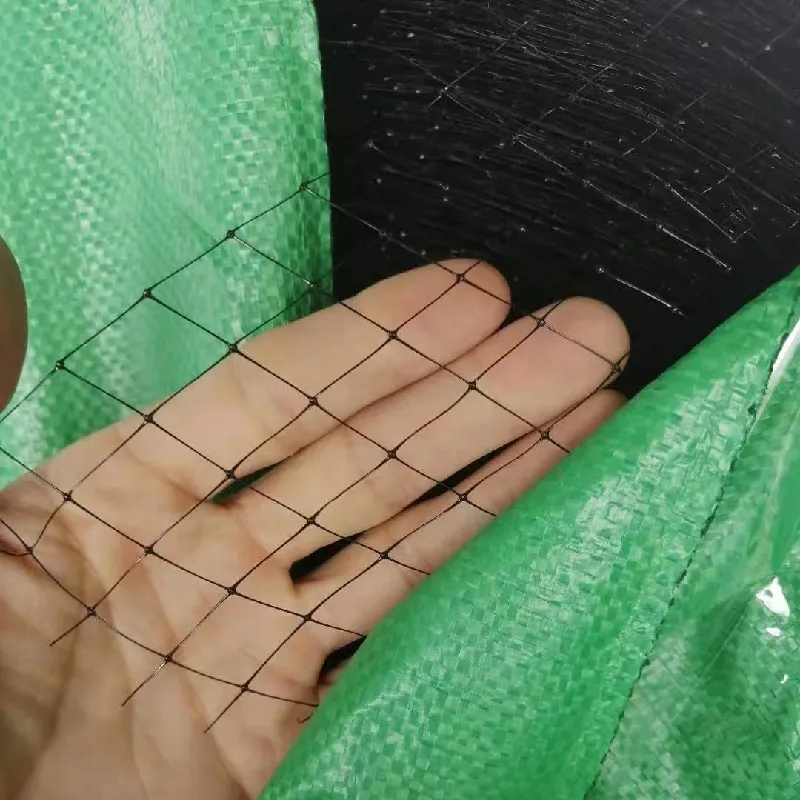-
 Afrikaans
Afrikaans -
 Albanian
Albanian -
 Amharic
Amharic -
 Arabic
Arabic -
 Armenian
Armenian -
 Azerbaijani
Azerbaijani -
 Basque
Basque -
 Belarusian
Belarusian -
 Bengali
Bengali -
 Bosnian
Bosnian -
 Bulgarian
Bulgarian -
 Catalan
Catalan -
 Cebuano
Cebuano -
 China
China -
 Corsican
Corsican -
 Croatian
Croatian -
 Czech
Czech -
 Danish
Danish -
 Dutch
Dutch -
 English
English -
 Esperanto
Esperanto -
 Estonian
Estonian -
 Finnish
Finnish -
 French
French -
 Frisian
Frisian -
 Galician
Galician -
 Georgian
Georgian -
 German
German -
 Greek
Greek -
 Gujarati
Gujarati -
 Haitian Creole
Haitian Creole -
 hausa
hausa -
 hawaiian
hawaiian -
 Hebrew
Hebrew -
 Hindi
Hindi -
 Miao
Miao -
 Hungarian
Hungarian -
 Icelandic
Icelandic -
 igbo
igbo -
 Indonesian
Indonesian -
 irish
irish -
 Italian
Italian -
 Japanese
Japanese -
 Javanese
Javanese -
 Kannada
Kannada -
 kazakh
kazakh -
 Khmer
Khmer -
 Rwandese
Rwandese -
 Korean
Korean -
 Kurdish
Kurdish -
 Kyrgyz
Kyrgyz -
 Lao
Lao -
 Latin
Latin -
 Latvian
Latvian -
 Lithuanian
Lithuanian -
 Luxembourgish
Luxembourgish -
 Macedonian
Macedonian -
 Malgashi
Malgashi -
 Malay
Malay -
 Malayalam
Malayalam -
 Maltese
Maltese -
 Maori
Maori -
 Marathi
Marathi -
 Mongolian
Mongolian -
 Myanmar
Myanmar -
 Nepali
Nepali -
 Norwegian
Norwegian -
 Norwegian
Norwegian -
 Occitan
Occitan -
 Pashto
Pashto -
 Persian
Persian -
 Polish
Polish -
 Portuguese
Portuguese -
 Punjabi
Punjabi -
 Romanian
Romanian -
 Russian
Russian -
 Samoan
Samoan -
 Scottish Gaelic
Scottish Gaelic -
 Serbian
Serbian -
 Sesotho
Sesotho -
 Shona
Shona -
 Sindhi
Sindhi -
 Sinhala
Sinhala -
 Slovak
Slovak -
 Slovenian
Slovenian -
 Somali
Somali -
 Spanish
Spanish -
 Sundanese
Sundanese -
 Swahili
Swahili -
 Swedish
Swedish -
 Tagalog
Tagalog -
 Tajik
Tajik -
 Tamil
Tamil -
 Tatar
Tatar -
 Telugu
Telugu -
 Thai
Thai -
 Turkish
Turkish -
 Turkmen
Turkmen -
 Ukrainian
Ukrainian -
 Urdu
Urdu -
 Uighur
Uighur -
 Uzbek
Uzbek -
 Vietnamese
Vietnamese -
 Welsh
Welsh -
 Bantu
Bantu -
 Yiddish
Yiddish -
 Yoruba
Yoruba -
 Zulu
Zulu
Strategies for Successful Fish Breeding in Aquaculture Settings and Practices
The Importance and Techniques of Fish Breeding Nets
Fish breeding nets play a crucial role in aquaculture, providing a controlled environment for the breeding and rearing of fish. As the demand for aquatic food sources grows, fish breeding nets have become essential tools for both commercial and subsistence fish farming. This article explores the significance of these nets, the techniques involved in their use, and the benefits they offer to aquaculture practices worldwide.
The Significance of Fish Breeding Nets
Fish breeding nets are specially designed enclosures made from durable, fish-friendly materials that allow water movement while keeping fish secure. These nets are used to create a breeding environment that simulates the natural habitat of the species. Whether in freshwater or marine settings, breeding nets can protect young fish from predators, disease, and environmental stressors. This safety encourages higher survival rates among fry and fingerlings, essential for sustainable fish farming practices.
Moreover, the use of breeding nets can contribute significantly to the conservation of wild fish populations. Overfishing and habitat degradation pose severe threats to many fish species, leading to declines in population numbers. By breeding fish in controlled environments, aquaculturists can help replenish wild stocks and support biodiversity. The use of fish breeding nets not only aids in species conservation but also helps in the farming of popular species, reducing the pressure on natural resources.
Techniques for Using Fish Breeding Nets
Successful fish breeding using nets involves several techniques that ensure optimal conditions for growth and reproduction. First, selecting the appropriate type of net is crucial. There are various designs, including floating and submerged nets, each tailored to specific fish species and their habitat requirements. The size of the net mesh is also vital, as it should be small enough to prevent young fish from escaping while allowing for water circulation and waste removal.
fish breeding net

Once the nets are in place, creating a suitable environment is the next step. This includes maintaining optimal water quality, temperature, and oxygen levels. Regular monitoring of these parameters is necessary to ensure that the fish remain healthy and that breeding is successful. Additionally, providing proper nutrition is essential. High-quality feed tailored to the growth stage of the fish can promote healthy development and increase the survival rate of the offspring.
Breeding nets also allow for selective breeding practices. Aquaculturists can choose specific fish based on desirable traits such as size, growth rate, and disease resistance. By controlling breeding, fish farmers can enhance these traits in the next generation, ultimately leading to improved yields and efficiencies in aquaculture.
Benefits of Using Fish Breeding Nets
The advantages of utilizing fish breeding nets extend beyond just fish cultivation. They offer sustainability benefits by reducing the stress on wild fish populations, consequently contributing to the ecological balance. In addition, breeding nets can be a cost-effective solution for small-scale fish farmers, allowing them to cultivate fish in limited spaces while achieving higher productivity.
Moreover, fish breeding nets promote local economies by providing employment opportunities in aquaculture. As fish farming continues to grow as a viable industry, training and education become increasingly important, leading to enhanced skills among local communities.
In conclusion, fish breeding nets are a pivotal component of modern aquaculture. They facilitate safe breeding environments, support fish conservation efforts, and enhance the sustainability of fish farming practices. As the world continues to seek efficient and responsible ways to meet the rising demand for seafood, the significance of these nets will only grow, making them indispensable tools in the future of aquaculture.
-
Shipping Plastic Bags for Every NeedNewsJul.24,2025
-
Safety Netting: Your Shield in ConstructionNewsJul.24,2025
-
Plastic Mesh Netting for Everyday UseNewsJul.24,2025
-
Nylon Netting for Every UseNewsJul.24,2025
-
Mesh Breeder Box for Fish TanksNewsJul.24,2025
-
Expanded Steel Mesh Offers Durable VersatilityNewsJul.24,2025











